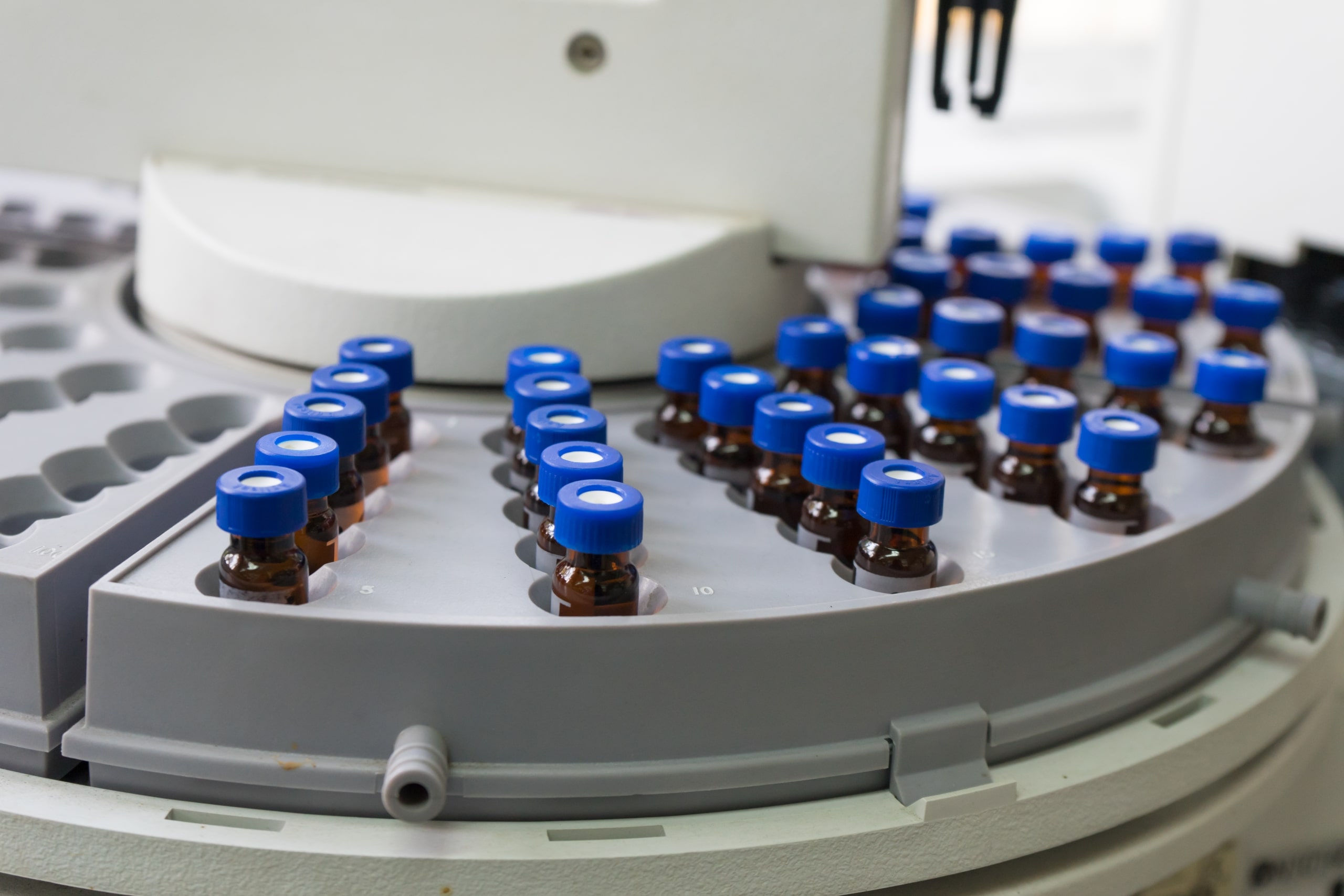Role of Chromatography in Cannabis Testing
In our Global Assessment series, we’ve already covered many exciting technologies and topics, such as portable spectroscopy machines, NGS, Triple quadrupole ICP-MS, atomic spectroscopy, and their respective roles in the industry. Today our analyst, Ivan, will give us some insight into the role of chromatography in cannabis testing.
The cannabis market is growing rapidly, especially with the recent legalization of recreational marijuana in California. In the US, nine states have fully legalized (for recreational and medical) marijuana while the use of marijuana for medical purposes only is lawful in 29 states. Canada is also planning to legalize marijuana in August 2018.
As a result of this booming market, several states have mandated cannabis testing standards to ensure consumer safety from harmful chemicals and contaminants. Generally, these regulations require growers to test for residual solvents, pesticides, and trace heavy metals in their products. Regardless of differing testing regulations in each state, most growers, manufacturers, and retailers want labs to test for cannabinoid potency, primarily for concentrations of tetrahydrocannabinol (THC) and cannabidiol (CBD). THC is commonly associated with the psychoactive effect in cannabis while CBD is a compound in marijuana that has a pain-relieving effect. These test results will provide transparency for the customers and eventually also determine the price of the product.

QueChERS extraction of dried cannabis flowers for pesticide analysis
With growing demand in this market, new opportunities arise for analytical instruments — especially chromatography systems. There are several methods for cannabis testing, but chromatography is dominant due to its fast and effective results. High performance liquid chromatography (HPLC) is the most popular testing method, dominating half of the total cannabis testing market. Gas chromatography (GC), along with thin layer chromatography (TLC), and supercritical fluid chromatography (SFC) are other well-known techniques used in this market. In potency testing, most labs use HPLC since this method does not require heating and provides a more accurate content analysis compared to GC. For pesticides and residual solvent screening, GC/MS is commonly used as it accurately detects traces of volatile compounds. The list of pesticides that need to be tested varies from state to state due to different regulations.

908 Devices’ G908 3-in-1 GC-HPMS analyzer
Since the methods and procedures utilized by cannabis testing labs are not exclusive to the marijuana industry, demand for cannabis testing is also fulfilled by general analytical labs. The instruments needed for this analysis are also not unique, since any HPLC or GC/MS system can generally be used to analyze cannabinoids. However, several vendors offer a specialized instrument for cannabis testing. Last year, Shimadzu released its Cannabis Analyzer for Potency, an easy-to-use cannabinoids content analyzer based on HPLC. It comes with analysis and reporting software which enables three analysis methods: high throughput, high sensitivity, and high resolution. 908 Devices offers the G908 3-in-1 GC-HPMS analyzer, which provides total potency, terpenes, and residual solvent analysis by utilizing a combination of ballistic gas chromatography and high-pressure mass spectrometry.
Even though the cannabis testing market is still in the early developing stages, it is increasingly boosting demand for chromatography instruments. Even simpler techniques such as TLC will find growth opportunities, as they provide an easier and cheaper alternative to HPLC or GC. However, there are still some uncertainties in the market due to different state-level regulations and the lack of standardization in testing methods. As more policies are being proposed to regulate this growing industry, demand for QA/QC and analytical services in the cannabis market will eventually bloom.
The value of all these instruments and technologies is evident, and so we’ve extensively covered them in our 2018 SDi Global Assessment Report, the gold standard of published market research for the analytical and life science instrument industries.






Nice post..
I appreciate your article, its really provide us useful information.
Chromatography is the import part of Cannabis Testing.
Thank you so much.
I didn’t realize that the growers can and should test the cannabis to find how what is the ratio of THC to CBD in their product. I wonder how many growers have access to a HPLC test? It would be interesting to see the test working in action.